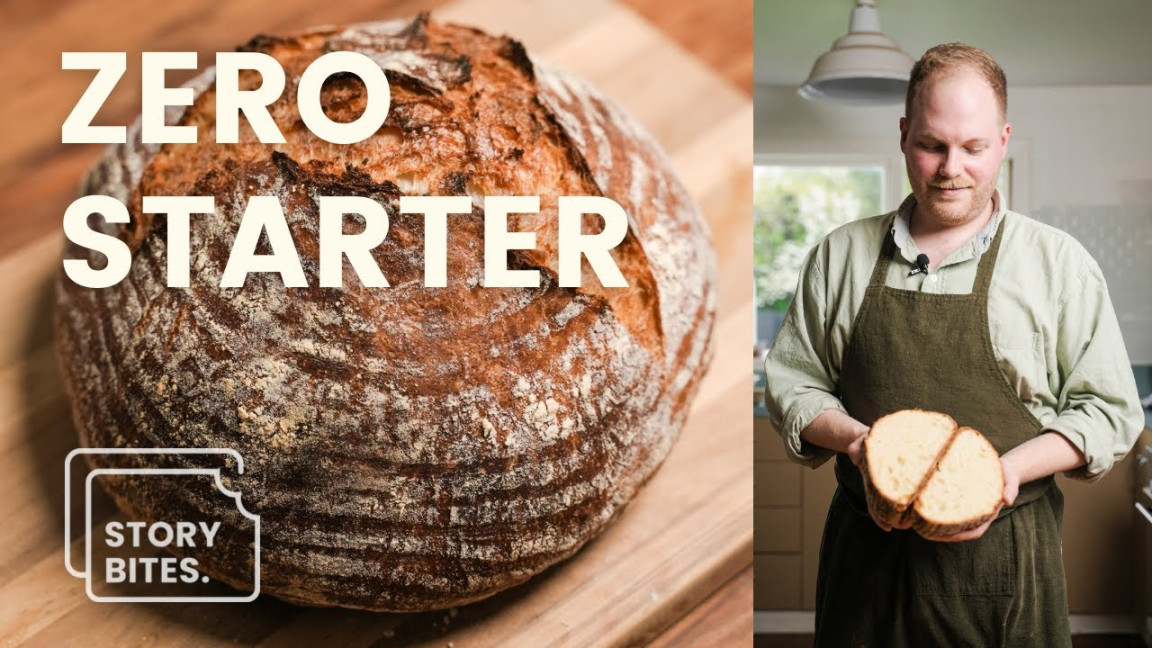Imagine a loaf of bread, its crust crackling with a golden hue, its crumb soft and airy, and its aroma intoxicating. A loaf that whispers tales of ancient baking traditions, yet is crafted with modern simplicity. This is the sourdough bread without a starter, a culinary marvel that defies expectations.
Ingredients:
500g all-purpose flour

Image Source: ytimg.com
Preparation Process:
1. The Flour and Water Embrace: In a large bowl, combine the flour and water. Mix until a shaggy dough forms. Cover the bowl with a damp cloth and let it rest for 12-18 hours at room temperature. This initial fermentation, known as autolyse, allows the gluten in the flour to relax, resulting in a more tender crumb.
2. A Pinch of Salt and a Dash of Yeast: After the autolyse, gently fold in the salt and yeast. The salt will tighten the gluten, while the yeast will provide a subtle tanginess. Continue folding until the ingredients are well incorporated.
3. The Shaping Ritual: Turn the dough onto a lightly floured surface and shape it into a tight boule. Place the shaped dough in a floured proofing basket or a bowl lined with a floured cloth. Cover and let it rise for 2-3 hours, or until it has doubled in size.
4. The Baking Ballet: Preheat your oven to 450°F (230°C). Score the top of the dough with a sharp knife, creating a decorative pattern. Transfer the dough to a preheated baking stone or a Dutch oven. Bake for 20-25 minutes, then reduce the temperature to 400°F (200°C) and bake for an additional 20-25 minutes, or until the bread is golden brown and sounds hollow when tapped.
Total Time Required:
Preparation Time: 15 minutes
Serving Ideas:
The Classic: Sliced thick and toasted with butter and jam.
Cultural Influences:
This recipe is a harmonious blend of ancient and modern baking techniques. The autolyse, a cornerstone of French bread-making, allows for a more flavorful and tender loaf. The use of active dry yeast, a modern convenience, ensures a reliable rise. The final product, with its crisp crust and airy crumb, is a testament to the global culinary exchange that has shaped our modern cuisine.
As we savor each bite of this sourdough bread, we are not merely consuming sustenance; we are partaking in a culinary journey that spans centuries and continents. It is a reminder of the power of tradition, innovation, and the simple joy of good food.